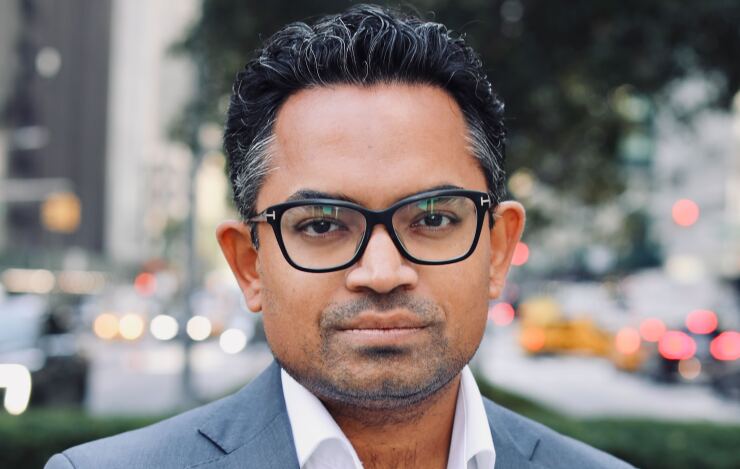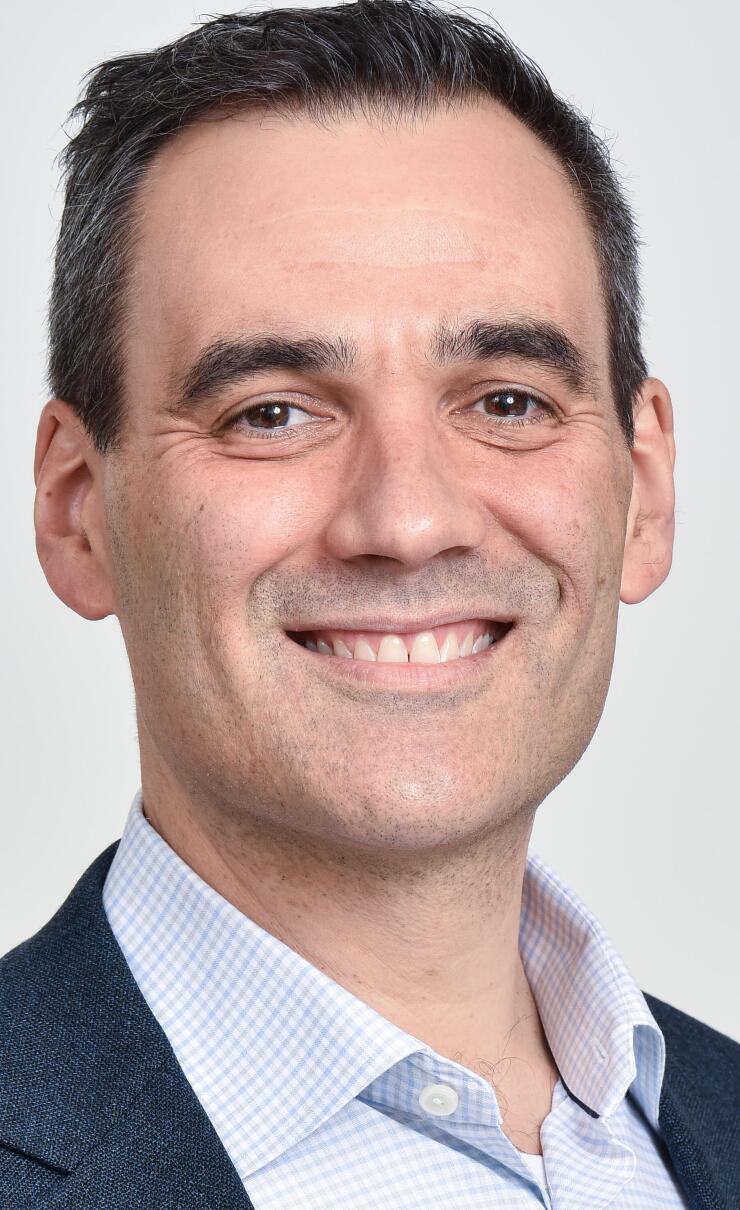Insurtech 2.0: What will happen in claims and underwriting

This article is the last of a three-part series on aspects of “Insurtech 2.0.”
Experts considering the technology advances that are part of “Insurtech 2.0” want these advances to address claims and underwriting, calling those functions the biggest market or target for its innovation.
Insurtech startups focusing on these functions will need insurance experts to avoid the failures of the 2020 to 2022 wave of startups.
Ellen Carney, principal analyst at Forrester Research.
“When we think about the claims experience for people, yes, it’s great to get money in their hands and things like that, but there’s good and there’s fast,” said Ellen Carney, principal analyst at Forrester Research. ” I think people want good. The buzzy things that we saw opposed how do people really want to interact with their insurance companies.”
Bill Pieroni, president and CEO of ACORD, a standards body for the global insurance industry, hopes Insurtech 2.0 addresses underwriting and claims. “That’s where the industry could actually see the application of new technologies, particularly AI,” he said. “We can get into that, around improving it. That’s from a carrier standpoint.”

Bill Pieroni, president and CEO of ACORD.
Changing climate patterns and dynamics will be a big factor in pricing and underwriting, which new technologies could address, according to Siddhartha Jha, founder and CEO of Arbol, a climate risk technology platform.
“On the pricing side, there needs to be a lot more technology involvement on the underwriting side,” he said. “Populations are living in areas that previously were not as densely populated. Bringing more technology to pricing is one key.”

Siddhartha Jha, founder and CEO, Arbol.
Insurance claim settlement is “archaic,” in Jha’s view, although insurtechs are addressing the claims process. Arbol offers a parametric product in which data determines how claims are handled.
“We don’t envision the entire market becoming parametric, at least not for a long, long, long time,” Jha said. “There’s a lot of scope for hybrid products, their partial settlement using traditional methods and partial settlement using data.”
In underwriting, technology advances are making it possible to keep coverage up to date on a real-time basis. Cover Whale, a commercial trucking insurtech founded in 2019, doesn’t wait until 90 days prior to a policy renewal to review claims and risk, according to Darryl Siry, chief operating and technology officer.

Darryl Siry, chief operating and technology officer at Cover Whale.
“What we’re doing is continuous underwriting. We’re continuously, in an automated fashion, checking is this policy still in compliance,” he said “Does this policy have the same number of vehicles or drivers when they wrote the policy? If it’s not, we trigger an email to the agent saying, it looks like when you wrote the policy, there were two vehicles. Now there’s four. Can you correct that?”
Commercial trucking insurers do have to cover their policyholders’ accidents even if an endorsement has not been updated, so this capability at least allows these insurers to have an accurate account of their risks, as Siry explained.
Overall, getting pricing to be granular is bound to be tricky, as Jha of Arbol says, when looking at climate property risk as an example.
“The more granular you get, the sharper your pricing can be. If you can get sharper on pricing, you can offer your product to a broader base of customers,” he said. “If I say that a large portion of Florida is the same risk, then I might say I can’t write my insurance cover in any of these areas. What you might find is that actually, the risk varies quite a bit in what seems like a uniform area. Then you might be able to distribute your products to a wider group of customers than previously.”







